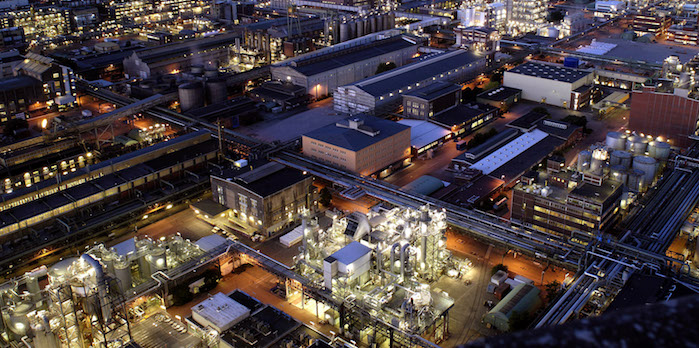As you will no doubt be aware, the fire at the BASF Citral plant in Ludwigshafen, Germany, and the subsequent force majeure on contracts of vitamin A, E and several carotenoids has had major repercussions on the price of vitamins for at least the first quarter of 2018.
Citral is used in the synthesis of vitamin A and E through some complex industrial chemical pathways, which provides the intermediary precursors of ionones (for vitamin A) and pseudoionones (for vitamin E).
This actually gives us an opportunity to stop and to think about how much of these vitamins we actually need in our pig diets and if there are any suitable alternatives. If we look to the NRC (National Research Council) requirements from 1998, a diet fed from 20kg to finishing has a requirement of 1,300iu/kg of vitamin A and 11iu/kg of vitamin E. The standard levels found commercially today in finisher diets are 6,500iu/kg of vitamin A and 50iu/kg of vitamin E, so there has been a five-fold increase.
There is a justifiable reason.
In the past decade-and-a-half, we have seen massive increases in breeding and rearing performance. Hyperprolificacy on farm is regarded as normal as we chase 30 pigs weaned/sow/year. From weaning to slaughter, pigs are pushing a feed conversion ratio of 2:1, meaning that they continue to eat less feed for the same weight gain – so more tissue is produced with less feed.
As less feed is being consumed, we need to fortify the diet with more vitamins in order to obtain the same overall vitamin intake on at least a pro-rata basis. It’s essential that the diet provides sufficient vitamin A, which is essential for vision, reproduction and for maintenance of epithelial cells, where it acts as a growth factor.
The NRC data was based on trials and research work conducted well before the performance levels that we expect today of our modern genetics. The trial work will have been conducted before the end of the 1980s, and before the added pressures of PRRS, post-weaning multi-systemic wasting syndrome (PMWS), porcine dermatitis nephropathy syndrome (PDNS), and well before the more recent challenges of meeting environmental requirements and reducing antibiotic usage.
While there is no real alternative to vitamin A, producers will face increased prices. There is one for vitamin E, which is essential for its anti-oxidant properties.
When an animal is fast growing, under disease pressure or being fed a diet high in polyunsaturated fatty acids (PUFAs), vitamin E is required. Indeed, just this year a large multinational vitamin E producer has been suggesting increasing the levels in human nutrition will help control liver, heart and Alzheimer’s disease.
There are, however, natural antioxidants that will complement vitamin E in the diet. Based on plant extracts, these polyphenols and bioflavonoids help to recycle vitamin E in the body, allowing us to add less through the feed.
With the cost of vitamin E increasing, offsetting this with a cost-effective natural antioxidant will help, but you do need to be aware of the efficacy of the products on the market to make sure the overall antioxidant cover you are providing is not compromised.
- The main image shows BASF’s headquarters in Germany




